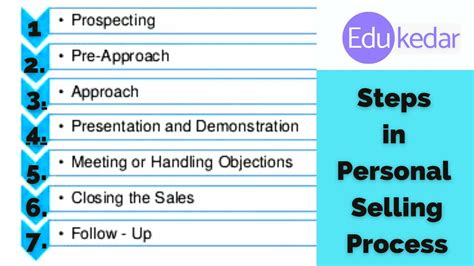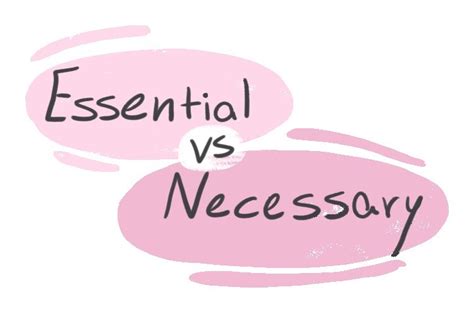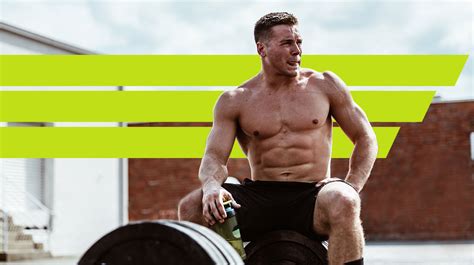What’s the most effective workout split for maximal muscle growth and time efficiency?

The quest for maximal muscle growth often feels like a complex puzzle, with countless variables to consider. Among the most crucial decisions for any lifter is selecting the right workout split – how you divide your training days and muscle groups throughout the week. For many, this decision isn’t just about gains; it’s also about optimizing precious time.
Understanding Workout Splits: The Foundation of Your Routine
A workout split dictates which muscle groups you train on specific days. The goal is to provide enough stimulus for growth, allow for adequate recovery, and fit into your lifestyle. Different splits offer varying frequencies (how often a muscle group is trained per week) and volumes (total sets/reps) per session, both critical factors for hypertrophy.
 _
_Common Workout Splits and Their Efficacy
Let’s break down the most popular workout splits and evaluate their effectiveness for muscle growth and time efficiency:
Full Body Split
A full body split involves training all major muscle groups in each workout session, typically 2-4 times per week. This approach offers high training frequency for each muscle group, which is a significant driver of hypertrophy. It’s incredibly time-efficient for those with limited gym days, as you can hit every muscle multiple times even with just three sessions a week.
- Pros: High frequency, excellent for beginners and intermediate lifters, highly time-efficient (2-3 days/week).
- Cons: High fatigue per session, potential for lower weekly volume per muscle group if not managed properly.
Upper/Lower Split
This split divides your body into upper body and lower body workouts, often performed 4 times a week (e.g., Upper, Lower, Rest, Upper, Lower, Rest, Rest). Each major muscle group is trained twice a week, providing a good balance of frequency and volume per session. It allows for more dedicated work on each half of the body compared to a full-body routine.
- Pros: Good frequency (twice a week), balanced approach, allows for good volume per session.
- Cons: Requires 4 dedicated gym days, which might not be suitable for everyone.
 _
_Push/Pull/Legs (PPL) Split
The PPL split organizes exercises based on movement patterns: “Push” muscles (chest, shoulders, triceps), “Pull” muscles (back, biceps), and “Legs” (quads, hamstrings, glutes, calves). This can be run 3 times a week (each group once) or, more commonly for growth, 6 times a week (each group twice: PPL-PPL-Rest). The 6-day version offers high frequency and significant volume for each muscle group.
- Pros: Excellent for maximizing volume and frequency (6-day version), logical grouping of muscles.
- Cons: The 3-day version is suboptimal for muscle growth, the 6-day version requires a significant time commitment.
Bro Split (Body Part Split)
The traditional “bro split” dedicates an entire workout session to one or two major muscle groups (e.g., Monday: Chest, Tuesday: Back, Wednesday: Legs, etc.). While popular, it typically results in a low training frequency for each muscle group (once per week). While it allows for very high volume on a specific muscle group in one session, for natural lifters, this often means fewer opportunities for protein synthesis throughout the week.
- Pros: Allows for very high volume per muscle group in a single session, popular for bodybuilding culture.
- Cons: Low frequency (once per week per muscle group), generally less effective for natural lifters aiming for maximal growth compared to higher frequency splits.
 _
_Optimizing for Muscle Growth and Time Efficiency
For maximal muscle growth, research consistently points towards training each muscle group 2-3 times per week. This ensures a consistent stimulus for protein synthesis and recovery. When considering time efficiency, the goal is to hit this frequency with the fewest possible gym days or the most productive sessions.
- Frequency is King: Aim for 2-3 sessions per muscle group per week.
- Volume Distribution: Instead of doing all your weekly sets for a muscle group in one session, spread them out across multiple sessions.
- Progressive Overload: Regardless of the split, consistently striving to lift more weight, perform more reps, or increase time under tension is paramount.
The Verdict: What’s Most Effective?
Considering both maximal muscle growth and time efficiency, the Full Body Split (3 times a week) and the Upper/Lower Split (4 times a week) often emerge as the most effective choices for the majority of lifters.
- Full Body (3x/week): Ideal for those with limited time (3 days) who want high frequency and can recover between sessions. Excellent for overall strength and muscle development.
- Upper/Lower (4x/week): A fantastic balance for those who can commit 4 days. It provides ample volume and frequency for each muscle group without excessive fatigue in a single session.
- PPL (6x/week): Highly effective for muscle growth due to high frequency and volume, but it’s a significant time commitment, making it less “time efficient” if your goal is fewer gym days.
The “best” split is ultimately the one you can adhere to consistently, that allows for progressive overload, and that you enjoy. Consistency trumps perfection.
 _
_Key Principles Beyond the Split
While your workout split is important, remember it’s just one piece of the puzzle. Maximal muscle growth is also dependent on:
- Nutrition: Adequate protein intake and sufficient calories for muscle repair and growth.
- Sleep and Recovery: Muscles grow outside the gym, not during your workout.
- Consistency: Showing up and putting in the work week after week.
- Progressive Overload: Continuously challenging your muscles to adapt and grow stronger.
 _
_Conclusion
For maximal muscle growth coupled with time efficiency, prioritizing training frequency for each muscle group is key. Full Body and Upper/Lower splits offer superior benefits for most individuals seeking to optimize their gains without living in the gym. Experiment, listen to your body, and consistently strive for progress to build your ideal physique.








